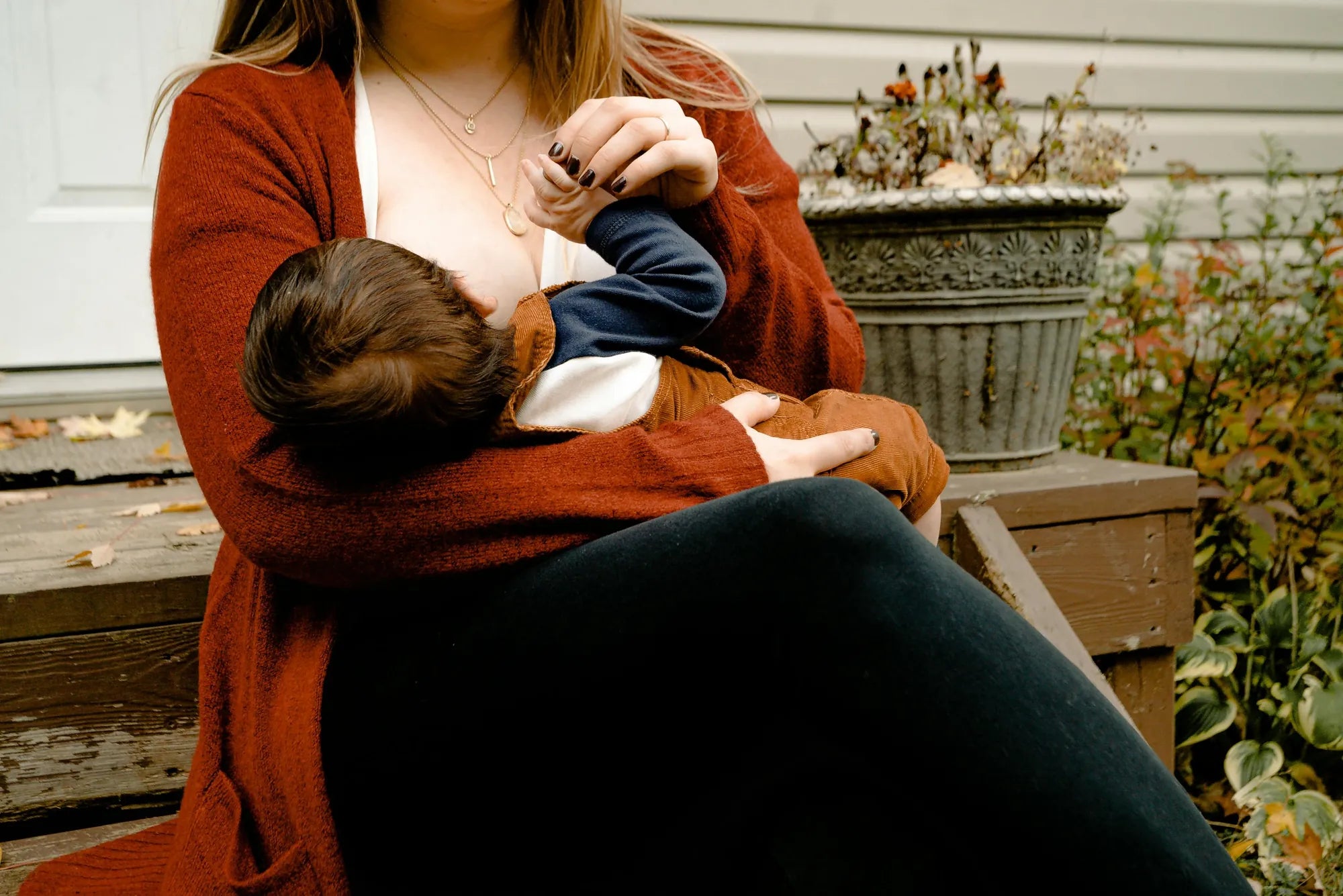Home
Pregnancy, Breastfeeding, and Pumping: The Ultimate Guide for Moms
Why Does My Breast Milk Have Bubbles When I Pump? Explained

Why Does My Breast Milk Have Bubbles When I Pump? Explained
Have you ever noticed bubbles in your breast milk after pumping and wondered if it's normal? You're not alone. Many breastfeeding mothers observe this phenomenon and often question whether it affects the quality of their milk or their baby's feeding experience. Let's dive into the reasons behind bubbly breast milk and what you can do about it.
Understanding the Basics of Breast Milk Composition
Breast milk is a complex fluid that changes composition based on your baby's needs. It contains a mix of fats, proteins, carbohydrates, vitamins, and minerals, all suspended in water. When you pump, the mechanical action can introduce air into the milk, creating bubbles. This is especially common if you're using a manual or electric pump that operates at a high speed.
Why Air Gets Into Your Breast Milk
There are several reasons why air might get into your breast milk during pumping. One of the most common causes is the suction and release mechanism of the pump. As the pump creates a vacuum to extract milk, it can also draw in air, which then gets mixed with the milk. Additionally, if the pump parts aren't assembled correctly or if there's a leak in the system, more air can enter the milk.
The Role of Fat Content in Bubbly Milk
Breast milk has a high fat content, which can contribute to the formation of bubbles. When milk is agitated—whether by pumping, shaking, or even pouring—the fats can trap air, creating foam or bubbles. This is similar to what happens when you froth milk for a latte. The fat molecules act as a stabilizer, keeping the bubbles intact for a longer period.
Is Bubbly Breast Milk Safe for Your Baby?
Yes, bubbly breast milk is perfectly safe for your baby. The presence of bubbles doesn't indicate any contamination or spoilage. However, if you notice a significant change in the color, smell, or consistency of your milk, it's a good idea to consult a healthcare professional. Otherwise, the bubbles are just a cosmetic issue and won't affect your baby's health or nutrition.
How to Minimize Bubbles in Your Breast Milk
If you'd like to reduce the amount of bubbles in your breast milk, there are a few steps you can take. First, make sure your pump is assembled correctly and that all parts are in good condition. Check for any leaks or cracks that could be letting in extra air. You can also try adjusting the suction strength on your pump. A slower, gentler suction may introduce less air into the milk.
Storing Bubbly Breast Milk
When storing bubbly breast milk, it's important to handle it carefully to maintain its quality. After pumping, let the milk sit for a few minutes to allow the bubbles to settle. Then, gently swirl the container to mix the layers of milk without introducing more air. Avoid shaking the milk vigorously, as this can create even more bubbles. Store the milk in a clean, airtight container and label it with the date and time.
When to Seek Professional Advice
While bubbly breast milk is generally nothing to worry about, there are some situations where you might want to seek professional advice. If you notice that your milk has a sour smell, unusual color, or if your baby seems to be having trouble feeding, it's a good idea to consult a lactation consultant or healthcare provider. They can help you determine if there's an underlying issue that needs to be addressed.
Common Myths About Bubbly Breast Milk
There are several myths surrounding bubbly breast milk that can cause unnecessary concern. One common myth is that bubbly milk is a sign of high sugar content. In reality, the bubbles are simply caused by air being introduced during pumping. Another myth is that bubbly milk is less nutritious. This is also false—the nutritional value of your milk remains the same, regardless of whether it has bubbles or not.
Tips for a Better Pumping Experience
To make your pumping experience more comfortable and efficient, consider these tips. Make sure you're using the correct flange size for your pump, as an ill-fitting flange can cause discomfort and introduce more air into the milk. Take breaks during pumping sessions to relax and massage your breasts, which can help improve milk flow and reduce the amount of air being drawn in. Finally, stay hydrated and maintain a healthy diet to support your milk production.
Understanding Your Baby's Feeding Habits
Your baby's feeding habits can also play a role in the appearance of your breast milk. If your baby is a fast or vigorous feeder, they may introduce more air into the milk during nursing. This can result in bubbly milk when you pump later. Observing your baby's feeding patterns can help you better understand why your milk might have bubbles and whether any adjustments are needed.
Final Thoughts on Bubbly Breast Milk
Bubbly breast milk is a common occurrence that many breastfeeding mothers experience. While it may look unusual, it's generally nothing to worry about and doesn't affect the safety or nutritional value of your milk. By understanding the reasons behind bubbly milk and taking steps to minimize air introduction during pumping, you can ensure a more comfortable and efficient breastfeeding journey. Remember, every mother's experience is unique, so don't hesitate to reach out for support if you have any concerns.
Share
